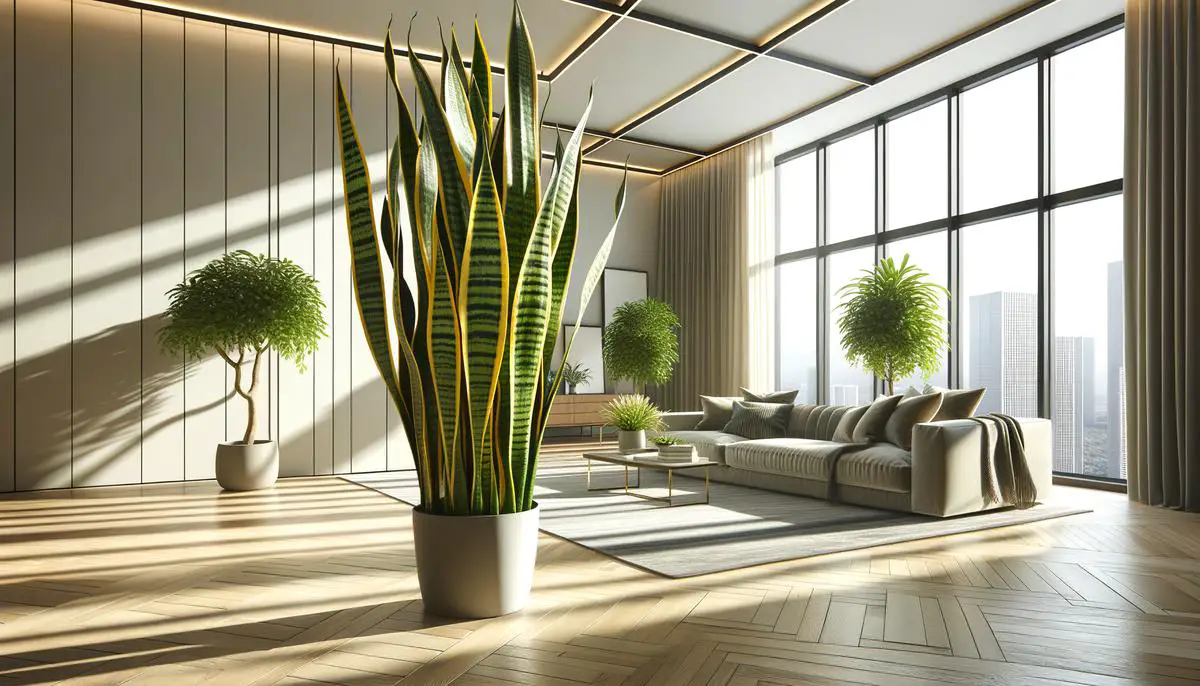How often should I water my houseplants?
Determining the precise frequency for watering houseplants necessitates a detailed comprehension of various factors including the species of plant, pot dimensions, and surrounding environmental conditions. Each plant's irrigation needs are influenced significantly by its intrinsic hydration requirements, the pot's size which correlates with soil volume, and external factors such as ambient humidity levels and temperature fluctuations.
For instance, succulents and cacti, adapted to arid environments, demand less frequent watering compared to plants like ferns which thrive in moist conditions. Similarly, a larger pot containing more soil retains moisture longer than a smaller pot, impacting the watering schedule.
Environmental variables play a crucial role; higher temperatures and lower humidity levels accelerate soil drying, necessitating more frequent watering. Conversely, cooler temperatures and higher humidity contribute to slower soil drying, reducing the need for water.
To precisely assess when to water your houseplant, conducting a simple soil moisture test is advisable. Insert a finger into the soil up to the first knuckle; if the soil feels dry, it's time to water. Ensure though to avoid overwatering, a common cause of plant health issues, by allowing adequate drainage and preventing the plant from sitting in stagnant water.
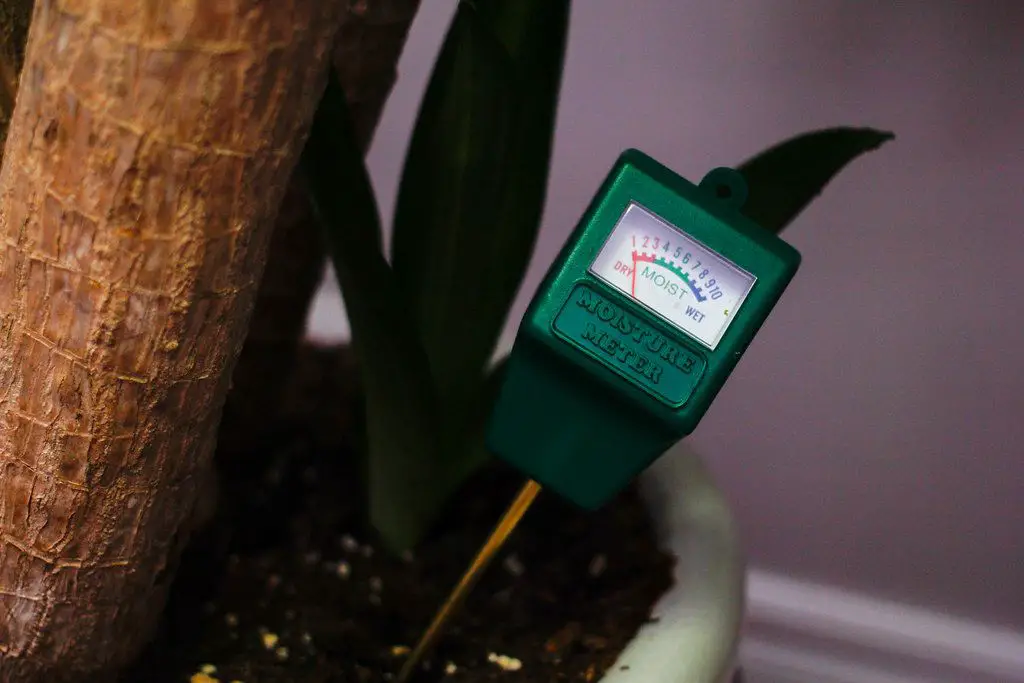
What is the best lighting for indoor plants?
Selecting optimal lighting for indoor plants requires understanding their natural habitat and tailoring the household environment accordingly. Common houseplants are categorized based on their light preferences: low, medium, and high.
Plants accustomed to the understory of forests, such as the peace lily, thrive in low light. These species require minimal direct sunlight and flourish in north-facing windows or locations distant from window sources. Medium light plants, exemplified by the snake plant, are adaptable to east or west-facing windows where they receive partial sunlight either in the morning or late afternoon. High light plants, such as succulents, demand direct sunlight for the majority of the day and are best placed in south-facing windows.
The best position within a home for a plant largely depends on its light requirements and the direction from which light enters through windows. It's crucial to analyze how sunlight traverses your space throughout the day and adjust plant positioning to mimic their natural environments as closely as possible.
In spaces where natural light is scarce, artificial grow lights present an effective solution. LED grow lights or fluorescent bulbs can substitute or supplement natural sunlight, essential for photosynthesis.1 These artificial sources are particularly beneficial during shorter daylight periods in winter or in rooms without sufficient window light.
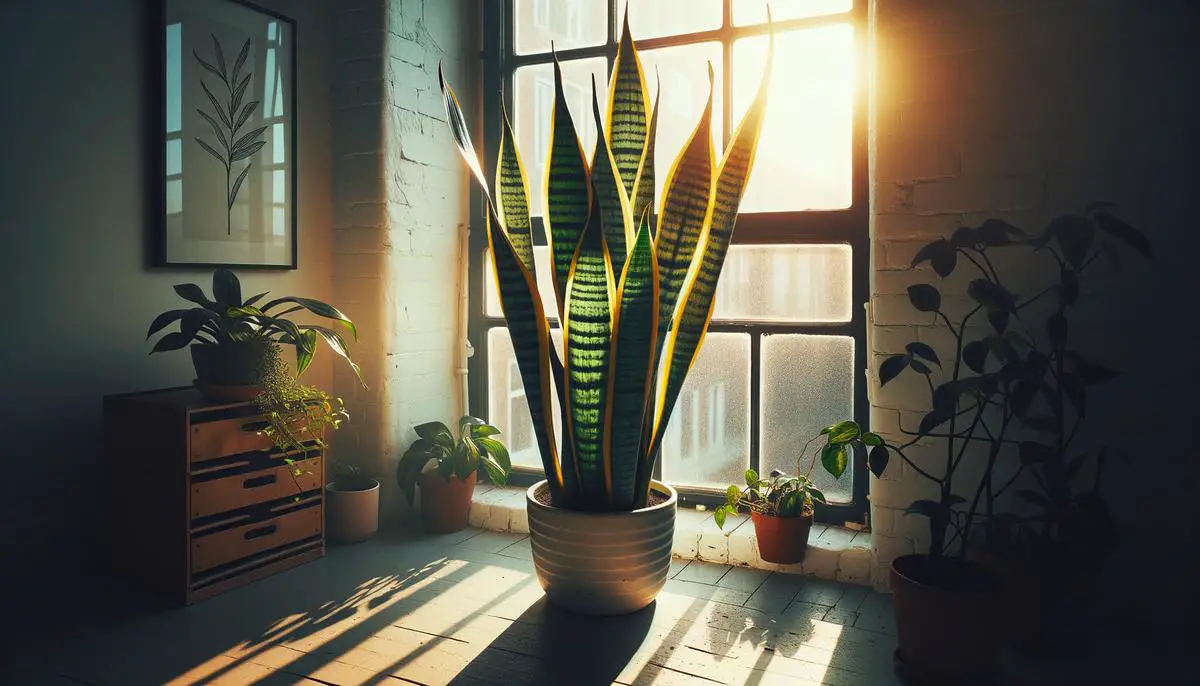
When should I repot my plants, and how?
Repotting becomes necessary as a plant grows and its root system demands more space. Signs that indicate it's time include:
- Roots emerging from the drainage holes
- Rapid soil drying
- Visible root circling at the topsoil
A general rule is to repot every two years for optimal health, but this may vary depending on the plant's growth rate. The best time of year to repot is during the plant's growing season, typically spring or early summer, allowing the plant to recover and grow with vigor.
To repot successfully, select a new pot that is 1 to 2 inches larger in diameter than the current pot, ensuring it has adequate drainage holes. For potting mix, choose a type suited to your plant's needs – generally, a well-draining, nutrient-rich mix promotes healthy growth.
Begin by gently removing your plant from its old pot, shaking off loose soil and inspecting the roots. Trim any dead or excessively long roots to encourage new growth. Fill the new pot with a layer of fresh potting mix, place the plant inside and add more soil around the sides, pressing lightly to secure the plant but not so tightly as to compact the soil. Water thoroughly after repotting to help settle the soil around the roots and eliminate air pockets.
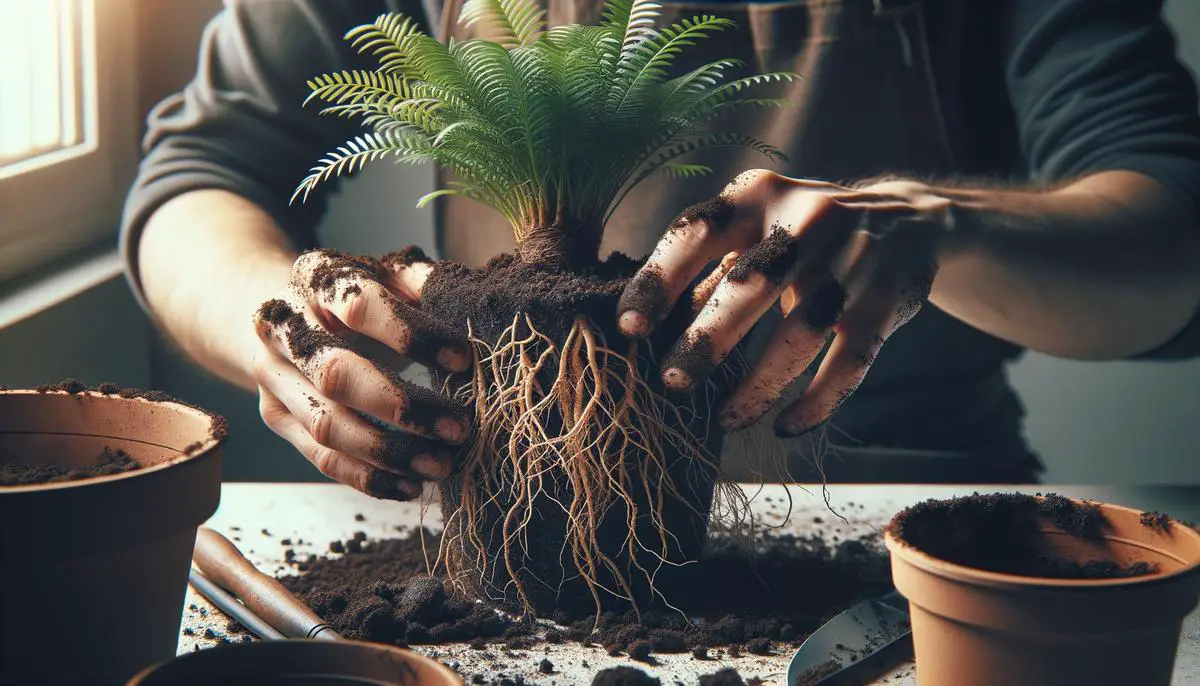
How do I identify and treat common plant pests?
Identifying common plant pests involves careful scrutiny for telltale signs such as nibbled leaves, sticky residue, or the presence of tiny insects themselves. Aphids, spider mites, and scale are a few exemplary pests, each leaving distinctive evidence of their presence.
- Aphids excrete a sticky substance called honeydew
- Spider mites produce fine webbing on plant stems and leaves
- Scale insects appear as small, bumpy growths on plant surfaces
Prevention holds paramount importance in managing pest populations. Regular inspection of plants for signs of distress, coupled with maintaining cleanliness around your plant environment, can significantly hinder pest colonization. Isolating new plants before introducing them to your collection is prudent to prevent potential spread.
For treatment, prioritizing non-chemical methods aligns with sustainable and environmentally conscious practices. Neem oil, a natural pesticide, effectively targets pests without harm to the plant when applied as directed. Insecticidal soaps, made from potassium fatty acids, offer a non-toxic alternative to chemical insecticides, proving effective against soft-bodied pests.2 Introducing beneficial insects like ladybugs into indoor gardens can naturally suppress pest populations.
A thorough rinse of the plant under running water can also dislodge many pests. However, applying too vigorous a stream may harm delicate plants. Regular wiping of leaves, both upper and undersurface, with a damp cloth can remove pests and provide an opportunity to inspect for early signs of infestation.
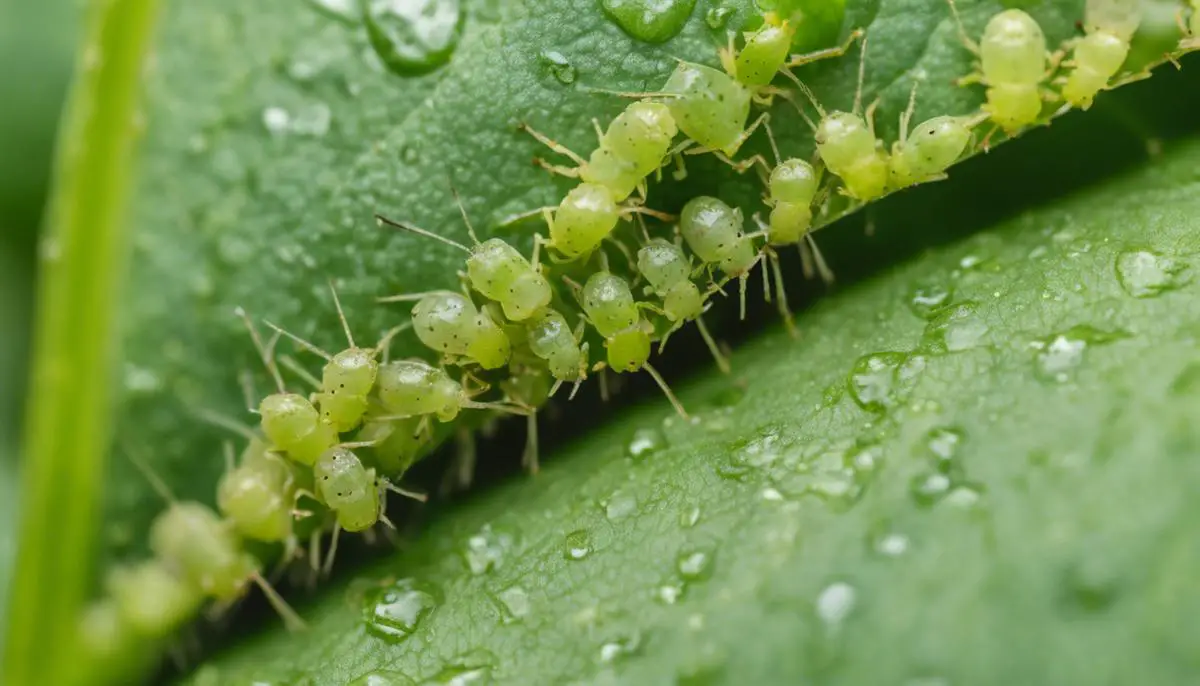
Do indoor plants need fertilizer, and how often?
Indoor plants require fertilizer to supplement their nutritional needs, as the restricted environment of a pot limits their access to the full array of nutrients available in an unrestricted, outdoor setting. Understanding your plant's specific needs is crucial because the necessity and frequency of fertilizing can vary widely among different species.
Generally, a balanced, water-soluble fertilizer, containing an equal ratio of nitrogen, phosphorus, and potassium, meets the basic requirements of most houseplants. However, some may benefit from special formulations tailored to their unique needs, such as blooming plants or succulents.
The recommended schedule for fertilizing houseplants follows their growth cycles, with active growth periods in spring and summer requiring more frequent fertilization—usually monthly. During dormant periods in fall and winter, reduce this frequency to every other month or suspend it entirely, as excess nutrients can accumulate in the soil and potentially harm the plant.
When applying fertilizer, it's imperative to follow the manufacturer's instructions regarding dosages to avoid over-fertilization, which can lead to root burn and other harmful effects. Diluting the solution less concentrated than recommended can safeguard against over-application. It's also advisable to water the plant thoroughly before and after fertilizing to ensure an even distribution of nutrients and reduce the risk of root burn.
Observe your plants for signs of nutrient deficiency or excess (e.g., yellowing leaves, stunted growth) and adjust the fertilization schedule accordingly. By responsibly integrating fertilization into your plant care routine, you can maintain vibrant, healthy indoor plants that continue to thrive and bring joy to your indoor spaces.
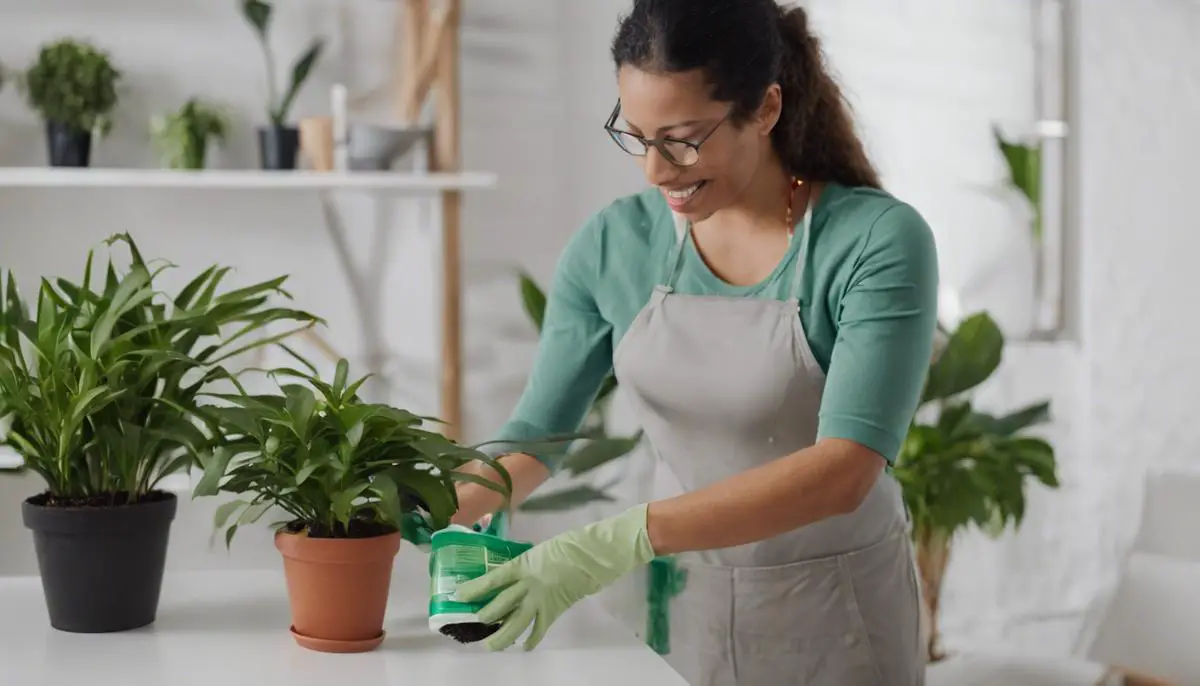
- Bourn, D., & Prescott, J. (2002). A comparison of the nutritional value, sensory qualities, and food safety of organically and conventionally produced foods. Critical Reviews in Food Science and Nutrition, 42(1), 1-34.
- Abou-Elela, S. I. (2017). Nanomaterials as a new horizon for plant protection and production improvement. In: Abbas, H. K., Shier, W. T., & Jarvis, B. B. (Eds.), Nanoparticles in sustainable agriculture (pp. 1-18). Springer.
